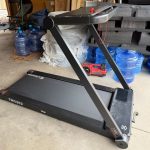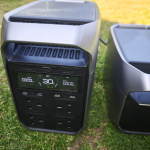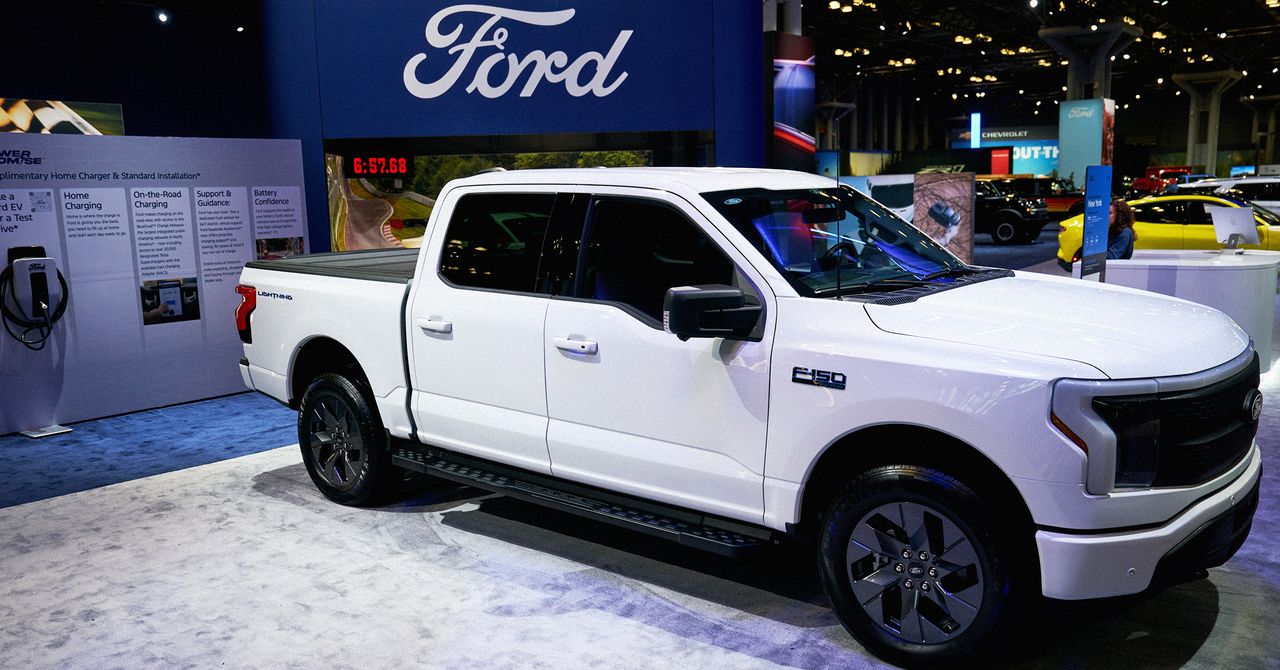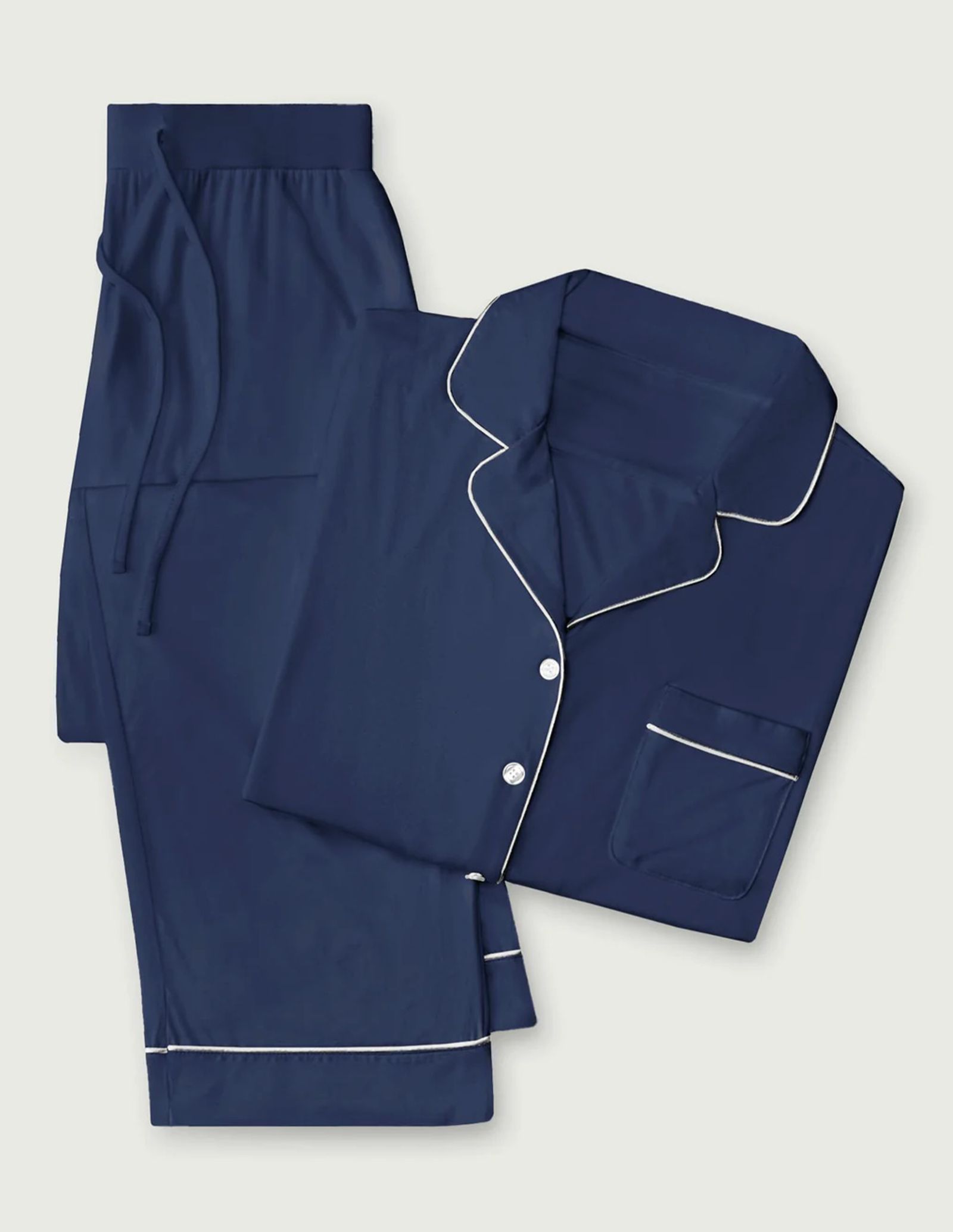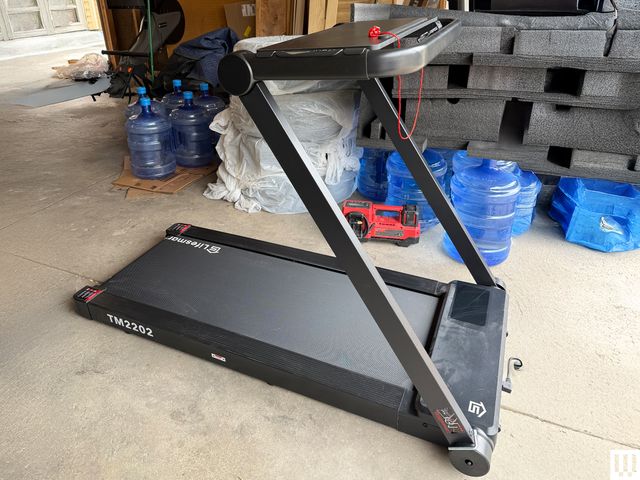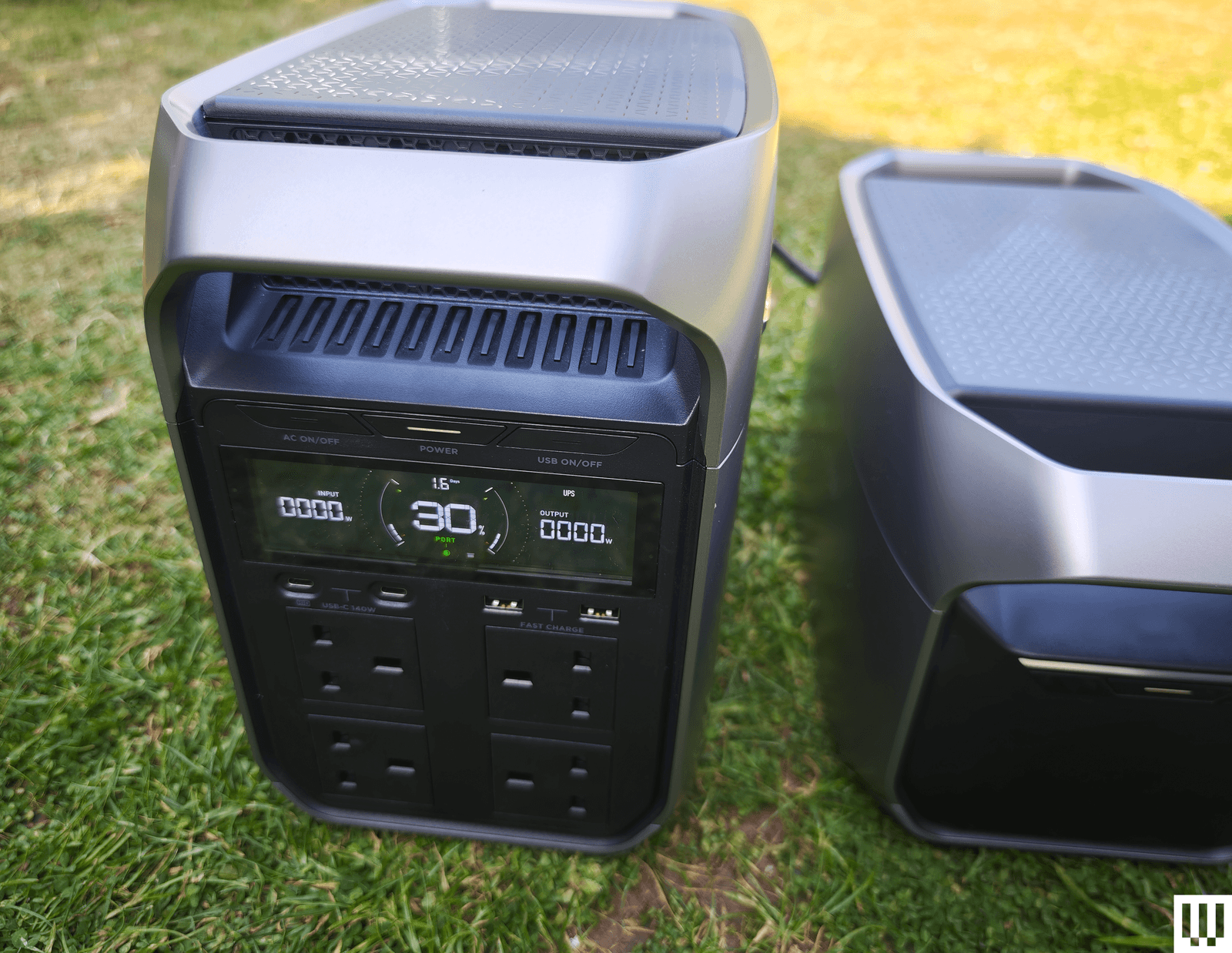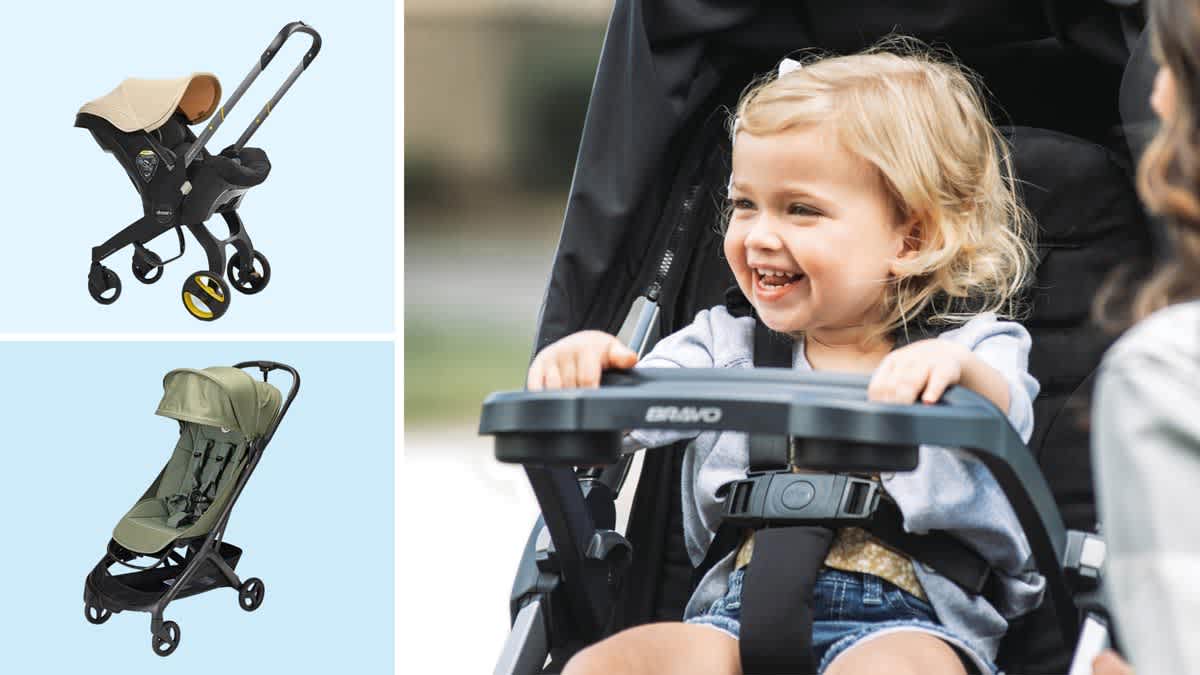
If you’re traveling with an infant 6 months old or younger, you’ll need a stroller that fully reclines because your infant is likely to spend a fair amount of time sleeping. That means the stroller has a seat that lies completely flat or comes with a newborn bassinet attachment.
Whether you’re traveling by car or by air, you’ll most likely travel with an infant car seat. A lightweight car seat carrier (such as the Chicco KeyFit Caddy featured below) can simplify things. It’s essentially a frame on wheels that can function as a stroller with the car seat but folds up to an especially light and compact size. The downside of car seat carriers is that they can no longer be used as a stroller once your child outgrows it.
Some infant car seats convert to strollers, thanks to cleverly built-in wheels (such as the Doona featured below). For some parents and caregivers, the convenience of not having to tote a separate set of wheels is worth it, while others find infant car seat strollers a bit heavy for travel. Another potential downside is the limited lifespan. Once your baby outgrows their infant car seat, usually by age 1, you’ll need to buy a convertible car seat as well as a stroller.
Another option: travel systems, which combine an infant car seat with a stroller. These simplify the process of getting your baby into and out of a vehicle. They can be a good option for some families because they extend the age range of strollers that otherwise wouldn’t be suitable for younger babies (say, because the built-in stroller seat doesn’t recline fully). But they can also be a little bulkier for travel.
If you’ll be traveling with your baby’s set of wheels from Day 1, these are the best travel strollers for newborns, according to our tests:


